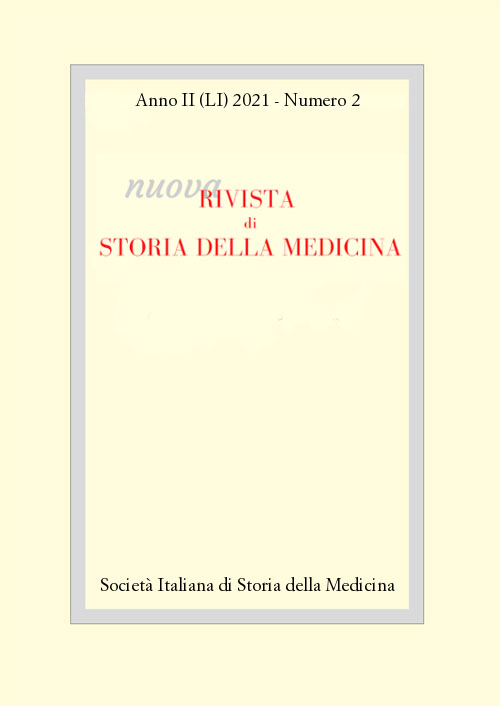Risultati preliminari delle indagini scientifiche sul corpo del Beato Antonio da Fano (m. 1435)
DOI:
https://doi.org/10.13135/2724-4954/6019Abstract
The Blessed Antonio da Fano was a Franciscan friar dead in 1435, after being Confessor to the King Alphonso V of Aragon and Ambassador to the Holy See. His body, re-cently discovered in the church of Santa Maria Nuova in Fano, underwent external inspection, radiologic examina-tion, and subsequent laboratory investigations. The well-preserved, partially skeletonized mummy showed signs of obesity, atherosclerosis, and dental caries, leading us to hypothesize that Antonio had access to a diet rich in sugar and fats. The anthropometric study estimated a height of 168 cm. The study of occupational activities revealed moderate and symmetrical stress of the lower limbs with much less overload of the upper district. Rare osteoarthrit-ic processes affected thoracic and lumbar spine. The cra-nial cavity contained amorphous material, bony remnants of rodents, and textile fragments belonging to the subject’s primary burial. The facial reconstruction was carried out by computed tomography scanning.



